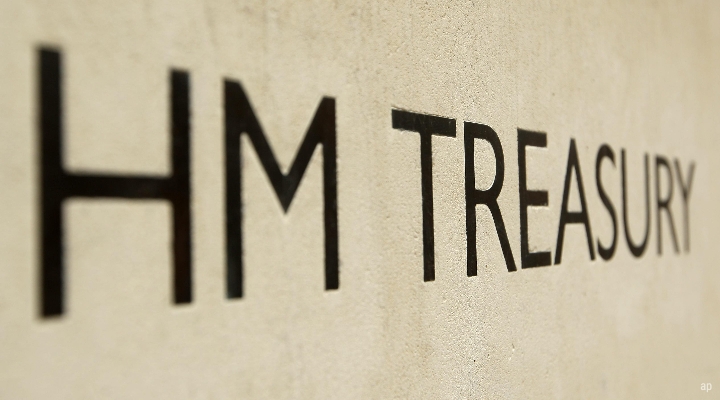Former pensions minster Ros Altmann has been accused of suggesting the State Pension annual rises are too generous.
The triple lock policy currently dictates that the State Pension pay-outs should rise annually by the rate of inflation, the increase in average earnings or 2.5%, whichever is greatest.
The current rate of inflation is 0.5% and the average weekly earnings growth rate is 2.2% according to the Office of National Statistics.
The former minster and economics commentator clarified that she backed the triple lock until 2020, the tenure the Government has committed to itself, but said that there was a “question mark” beyond that date.
“I felt that a double lock could be better than the current legally required uprating, and it would guarantee the highest increase for pensions of either prices or earnings. That means pensions would not fall behind the cost of living or the rise in average earnings, and would be protected relative the rest of the economy and society,” she writes.
“This would give pensioners better protection than other groups, but it would not ‘bake in’ the 2.5% figure that is not related to any economic or societal yardstick. The long-term expenditure state pension expenditure forecasts assume the triple lock stays in place even though the legal requirement from 2020 is only for earnings uprating.”
The former minister pointed out that with a double lock the Government would still be free to pay more than a 2.5% annual rise as a discretionary payment.
She argued that this would help “alleviate some of the pressure for continued rises” in state pension age, which had been a “really difficult policy”.
Tom McPhail, head of retirement policy at Hargreaves Lansdown argued that the triple lock is not a sustainable policy, as it diverted an ever increasing share of government spending towards pensioners, at the expense of the working population.
“A balance always needs to be struck between protecting the standard of living of pensioners, and not over-burdening taxpayers. There is a strong case for using a dedicated pensioners’ inflation measure for inflation-proofing the State Pension, rather than either a triple lock, or the double lock proposed by Ros Altmann,” he said.
Not the First Controversy
In 2011, the Government moved from linking State Pension pay-outs to the Retail Prices Index (RPI) to the Consumer Prices Index (CPI). At the time this was controversial as over the preceding decade CPI had been on average 0.7 percentage points lower than RPI. The Government said at the time that CPUI was a more accurate reflection of the spending of all private households. RPI includes mortgage repayments, which pensioners are less likely to have as part of their monthly expenditure.
McPhail suggests that if the Government does drop the triple lock system, raising the value of the new single tier pension would keep retirees happy.
“There is an argument for raising state pension age faster, modifying the triple lock and at the same time further increasing the level of the State Pension,” he said. “The new single tier State Pension is worth around £8,000 a year; if this could be pushed up nearer to £10,000 a year, then having to wait a couple more years to receive it and sacrificing the triple lock might be acceptable compromises.”





























